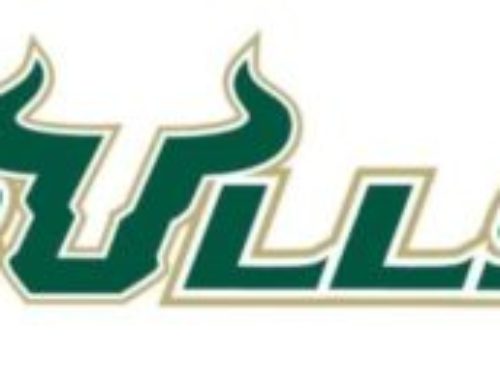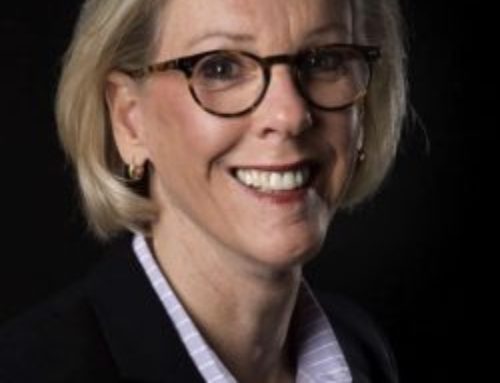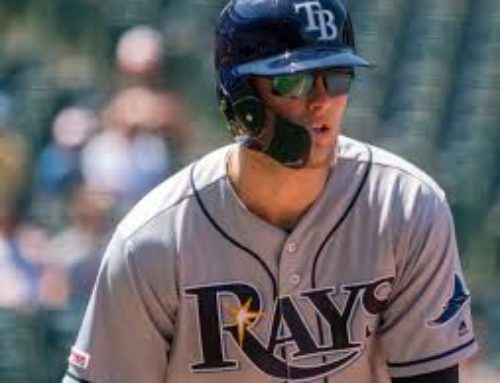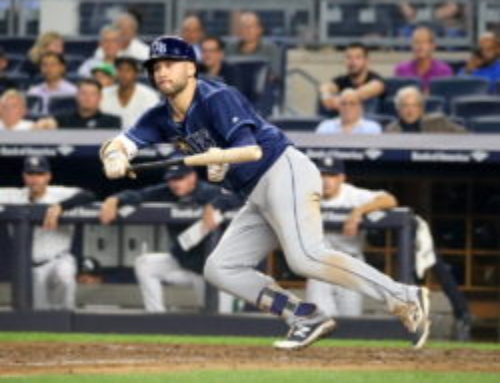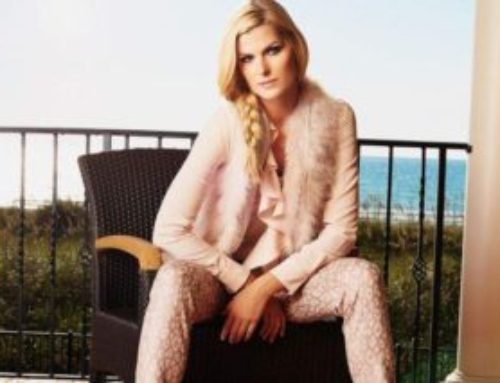Creamsicle orange makes a comeback today for the Bucs after being canned in 1997 in favor of red and pewter.
By JOEY JOHNSTON
The Tampa Tribune
(c) Tampa Bay Times. Originally published Nov. 8, 2009.
TAMPA — Nearly seven years ago, as he stood on the balcony of his hotel suite in La Jolla, Calif., Bucs co-chairman Joel Glazer spoke about his franchise’s dramatic turnaround. A few days away from what would become the team’s ultimate moment – victory in Super Bowl XXXVII – Glazer pointed to a time when the losing perception finally changed.
New coach? New players? Nope.
New look.
The Bucs ditched their Creamsicle orange uniforms and winking-pirate helmet in 1997 for a new red-and-pewter identity.
“How we looked was the most tangible thing,” Joel Glazer said back then. “It may sound crazy, but I think when our players ran out there in those bright orange uniforms, it affected the mental attitude.
“It was always a reminder of losing. It just needed to change.”
People would say uniforms don’t win games or lose games, but we felt every little piece of the puzzle was important.”
Guess what?
The orange has returned.
In a special engagement, the Bucs are bringing back the orange for today’s Throwback Game against the Green Bay Packers at Raymond James Stadium. Also today, the franchise will make Hall of Fame defensive end Lee Roy Selmon the inaugural member of the Ring of Honor and recognize the 1979 team, which came within one win of the Super Bowl.
“The losing reputation of the orange uniforms kind of took on a life of its own,” said former Bucs linebacker Scot Brantley, who played in Tampa Bay from 1980-87. “Yeah, there were bad times in the orange. But there were some pretty good times, too (three playoff teams from 1979-82).
“People tend to forget that and lump all the losing together. That orange look used to be popular. I think when it started out, it was considered pretty unique.”
How did it all start anyway?
The nickname
Owner Hugh Culverhouse appointed a 14-member advisory board, which would settle on a nickname, team colors and logo – in that order.
After sifting through more than 400 entries in a name-the-team contest, Buccaneers was selected. The nickname was a salute to the area’s pirate heritage and its annual Gasparilla festival.
NFL commissioner Pete Rozelle approved the nickname Feb. 15, 1975.
“It catches the spirit, I think, of the coastline community and the rich history of the so-called freebooters that they tell me took charge in their days of pirating and buccaneering,” Culverhouse said at the time. “We want our football team to be aggressive, high-spirited and colorful, as were the old buccaneers.”
The colors
Cypress Gardens executive Dick Pope proposed orange as the dominant color. It would represent Florida’s citrus industry.
The original colors were orange, green and white, but those were quickly discarded because they resembled the Miami Dolphins’ scheme.
Leonard Levy, an executive with Hillsborough Printing, suggested orange, red and white, but those vibrant colors seemed to clash. Then Levy produced a program from the American Basketball Association’s Miami Floridians, who used orange and red, and a consensus began to shape.
The tints were toned down – not so much an assault on the senses – and the advisory board approved orange, red and white.
The logo
Bill Marcum, the Bucs’ original director of marketing, said local artists and NFL Creative Properties submitted several ideas. “What we kept getting were symbols that looked like Long John Silver,” Marcum said then. “We kept getting those scruffy-looking things. What we wanted was a cavalier, not a hairy-legged pirate.”
The team solicited ideas from Lamar Sparkman, The Tampa Tribune’s award-winning cartoonist. First, Sparkman submitted a skull-and-crossbones design. Nope. Then he came up with a hangman’s noose. Nope.
On his third attempt, Sparkman produced precisely what the advisory board had in mind. His Buccaneer was intended to be a cross between Errol Flynn, Robin Hood, Jean Lafitte and D’Artagnan, one of the Three Musketeers.
The initial feedback?
“It kind of looks like a high-class cutthroat, ” said an advisory board member.
The aftermath
The colors were selected before the hiring of Coach John McKay, who admitted, well after his retirement, that he didn’t care for them.
“I looked at our jerseys and thought, ‘My gosh, we’re dressed just like that bus over there,'” McKay remarked in 1997.
But once the Bucs ditched their 0-26 debut and came with 10 points of reaching Super Bowl XIV after the 1979 season, Tampa Bay was awash in Orange Pride.
“The Denver Broncos called themselves the Orange Crush before we did, but we would definitely crush you,” said former Bucs linebacker Richard Wood (1976-84). “It doesn’t matter what uniform you wear. It’s the players inside that uniform. What kind of pride do they have? Can they compete?”
The Bucs made three playoff appearances and were seemingly poised to become one of the NFL’s elite teams in the 1980s. Then the bottom dropped out. The Bucs ran off 14 consecutive losing seasons – and orange became laughable.
One Chicago columnist referred to the Bucs as “pastel footwipes.”
“Let’s face it, the Bucs became a joke,” ESPN’s Chris Berman said. “Not like ha-ha funny. I’m talking Jackie Gleason funny. Every Sunday, it was, ‘And away we go!’ All the losing became a reference point for the franchise and it was identified by the orange.”
The throwback game
Now orange is cool again – at least for one Sunday.
“I absolutely can’t wait for the guys to run on the field wearing the old uniforms,” said former Bucs safety Mark Cotney (1976-84). “I think it’s time. I always preferred our white-on-white look – I thought that was sharp – but this is going to bring back the memories.
“I’ve seen all the other franchises have throwback games and some of those uniforms are really goofy. I think our throwback game is going to be special.”
It comes with a ready-made punchline.
Naturally, the Bucs are winless as they bring back the orange.
“Maybe the orange will bring them some good luck,” said former Bucs linebacker David Lewis (1977-81). “It was good to us in our era.”
Bucs co-chairman Edward Glazer said the throwback game will pay tribute to the franchise’s heritage.
“People felt we were trying to lock history in the closet and that was never the case,” Edward Glazer said. “You appreciate it more as time goes by. Now people are excited about it because it’s time.”

